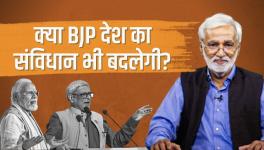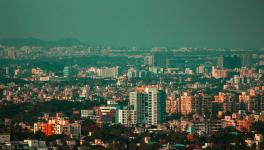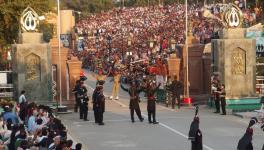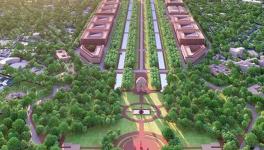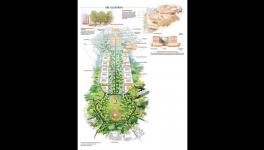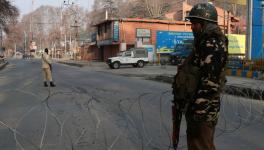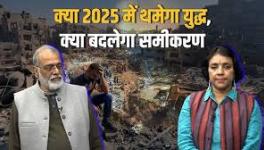An Outburst of Reactions to Life as an Architect
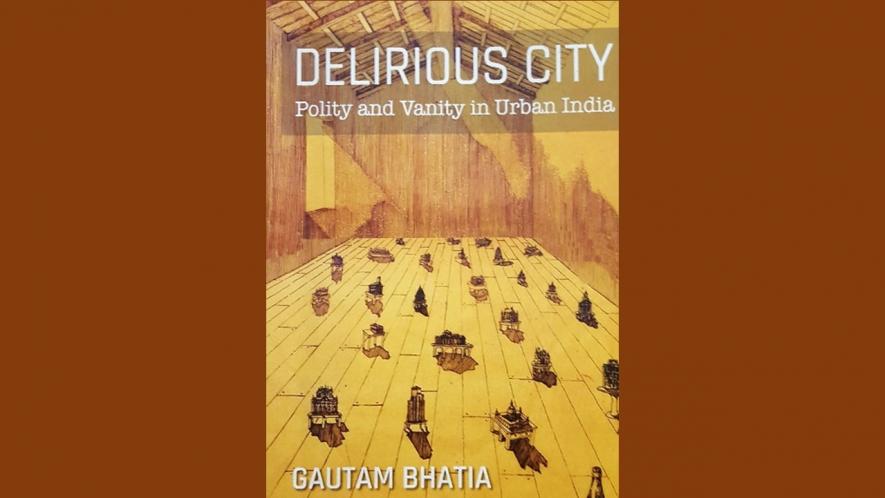
Gautam Bhatia’s fascinating book, Delirious City: Polity and Vanity in Urban India, has come out at a time of aggravated Covid-19 spread in rural and urban India, and also while the country has been shaken by a major incident of caste violence and inequality, involving alleged gang rape and murder against a Dalit woman by upper caste men in a village in Hathras district in Uttar Pradesh.
The architect-author of this book vividly shows his awareness of rural and urban disparities in India, when he observes that the “mean streets of urban India” are stalked by two different groups: one, an agrarian underclass that moves between “sewer pipes and the low huddle of slums and flyovers” and the other an “instant aristocracy that rides in BMWs and jaguars between malls and tennis clubs perpetually stuck in traffic between cows and camel carts”.
Bhatia’s magnum opus portrays with horror and dry humour the story of urban and rural Indians’ lives and longings in the wake of dramatic economic and political change in the country.
The book’s title is a pun on the word “Delhi”, which he turns into “delirious” city. Anjolie Ela Menon is effusive in praise of the author for inventing a “new literary and artistic genre combining his diverse attributes as a brilliant wordsmith, architect, sculptor, cartoonist, painter and a social critic of the ‘burgeoning urban matrix of modern India”. The author also uses the term “democratic socialism” elsewhere in the text.
The author’s “savage sense of humour” is displayed in his tongue-in-cheek commentary on many current problems, from consumerism and politics to gender issues and the chaos that prevails in urban India and also in his “witty, handwritten stream of consciousness notes”, amazing illustrations, comic-strip graphics and exquisite contemporary miniatures.
The work must be taken seriously not just by the architectural community but also by policymakers and implementers at the top and lower down. The study is in 309 fascinating pages with hundreds of striking illustrations, handwritten notes and detailed references all soaked in dry wit and humour. It is an unusual and unforgettable classic in architecture in its social background. It carries forward the entertaining analysis of the cultural and social aspects of Indian architecture in the author’s trilogy on cultural and social aspects of buildings, Punjabi Baroque, Silent Spaces and Malaria Dreams.
The author notes that while earlier architects wrote manifestos, today the role of the architect is “fluid”, straddling art, sociology, invention, culture, politics and the like. The architect today is also designer, engineer, builder, theorist and therapist. He takes liberties, but is himself also a victim of unreasonable liberties taken by those around him. “The characteristic uneasiness of the architect’s position can no longer be masked by personal theory and private practice”, he writes.
Bhatia adds that the medium is the message and that his work is done in an “outburst of reactions to his life as an architect”. The work defies conventional book presentation and juxtaposes, superimposes and even obliterates text and pictorial matter. The writing enlarges and spreads over the drawing and gives it respectability. The pictures “bleed into text” and suggests a graphic link between them.
The author provides historical insights with wit, sarcasm and humour and has anecdotes as well as architectural drawings. He records the daily life and personalities combining the narratives of tragedy, urban despair and personal desire. He describes Delhi as “old and dying, yet reborn every day in a new skin”. He describes the city in dimensions: “one day a small town, then a suburb, eventually a megacity”.
The architect’s dilemma is that its clients come from the upper one percent of the society and has no productive engagement with the rest.
The author admits that he loves architecture and is drawn to it in the way a doctor moves instinctively to the art of healing or a burglar moves intuitively to the lock easiest to pick! Though he took up the profession for reasons of livelihood, its ideas and integers crept up slowly till they finally took complete control. It became difficult for him to live without architecture.
India, the author feels, must consider imaginative means and practices to solve its many problems in architecture. In a country with shrinking limits on the rural landscape, a conservative approach will not suffice. Given a booming construction market and a likely future surge in infrastructure projects, a broad unhindered leap of imagination is needed. Straight-jacket professional conventions and unrealised ideas may appear radical. A drawback in current architectural practices is the absence of constructed subversion and ideas that pin hope on a future filled with new possibilities. The author narrates his own experience in trying to move out of the safe confines of practice and in exploring fresh boundaries.
Architecture’s basis is rooted in perennial optimism, Bhatia writes. While he is appreciative of ancient Indian architecture, he is sharply critical of the polity and vanity that constrains contemporary urban architecture. It loses the battle for landscape conservation. Technology’s ability to take broader physical and imaginative leaps remain unexplored. The bulk of public projects in infrastructure are mired in bureaucracy. The lowest tender, or the cheapest technology, is approved to create dreary interventions in extraordinary landscapes.
The riches in the book are elaborated in 15 illuminating chapters covering several interesting topics such as “delirious city”, “people, people, people”, “consumptive life”, “event management”, “cosmopolitan fiction”, and so on. One must turn to the last chapter to explore the author’s views on the limitations of Indian architecture and his own philosophy of architecture.
The author diagnoses that public projects in India have pursued the twin ideals of procrastination and ineptitude with unbridled abandon. Indian administration is guided by the belief that the inauguration of new works is an electoral responsibility.
The colonial legacy in Indian public works was to make the ordinary and mediocre central to engineering endeavours. Between the worship of conformity and the fear of the big leap came the Indian landscape of ineptitude and failure. The author attributes part of the problem of imitative modernity to the India’s feudal refusal to think outside the family. Nothing of national, regional or local interest can be of any value to those whose allegiance is stuck to private progress of the household. As the author puts it, “Indian business models appear quaint but outmoded to foreigners as the management of sizeable industrial resources are shared among relatives: brothers and sons as MDs, wives and daughters as sleeping partners. The sons of ministers are preferred candidates for succession even when more qualified candidates are available. Every year, the Indian Railways’ most successful expansion programme is linked to the setting up of stations in the Railway Minister’s ancestral village however remote. With the easy availability of national resources, progress of the Indian family is always possible.”
The author notes that in a condition of overpopulation, family wealth and stability can hardly offer wider, national solutions. When enlarging numbers puts the future in uncertainty, architecture’s potential becomes a subject of anticipation and prediction. For instance, the Beijing airport which has more floor space than Heathrow in the United Kingdom, has been designed for the next quarter century of air travel although Chinese demand for air travel today is limited. Similarly, Chinese trains, by plying at speeds over 400 kmph, deliver more passengers in shorter time spans over greater distances. For instance, 2,000 km of track was laid to connect Tibet with the mainland—an intervention that required construction in 15,000 feet high mountain terrain.
The author notes that the Kalka-Shimla railway line built over a century ago in colonial India is no doubt an engineering achievement. However, by denying the great possibilities of innovation and novel ideas to its many transport problems, India remains an “unfortunate bystander”. “The fear of any radical approach downgrading prevalent lifestyle norms has resolutely kept India on the path of increasing carbon pollution and urban chaos,” he says.
The author’s views on the need for a radical approach to architectural development in India is indeed telling. The book is very well brought out by Neogi Books and calls for wider reading, thinking and resolute action by Indian policy makers and implementers. This is perhaps too much to ask at the present moment when an avoidable conflict (on both sides) between India and China, has been precipitated.
The writer is a former senior civil servant and scholar. The views are personal.
Get the latest reports & analysis with people's perspective on Protests, movements & deep analytical videos, discussions of the current affairs in your Telegram app. Subscribe to NewsClick's Telegram channel & get Real-Time updates on stories, as they get published on our website.









